The Next Wave of Mobile Apps: 2025 Design Innovations
Written by UIDesignz Sep 5, 2025 6 min read
Last updated: Sep 9 2025
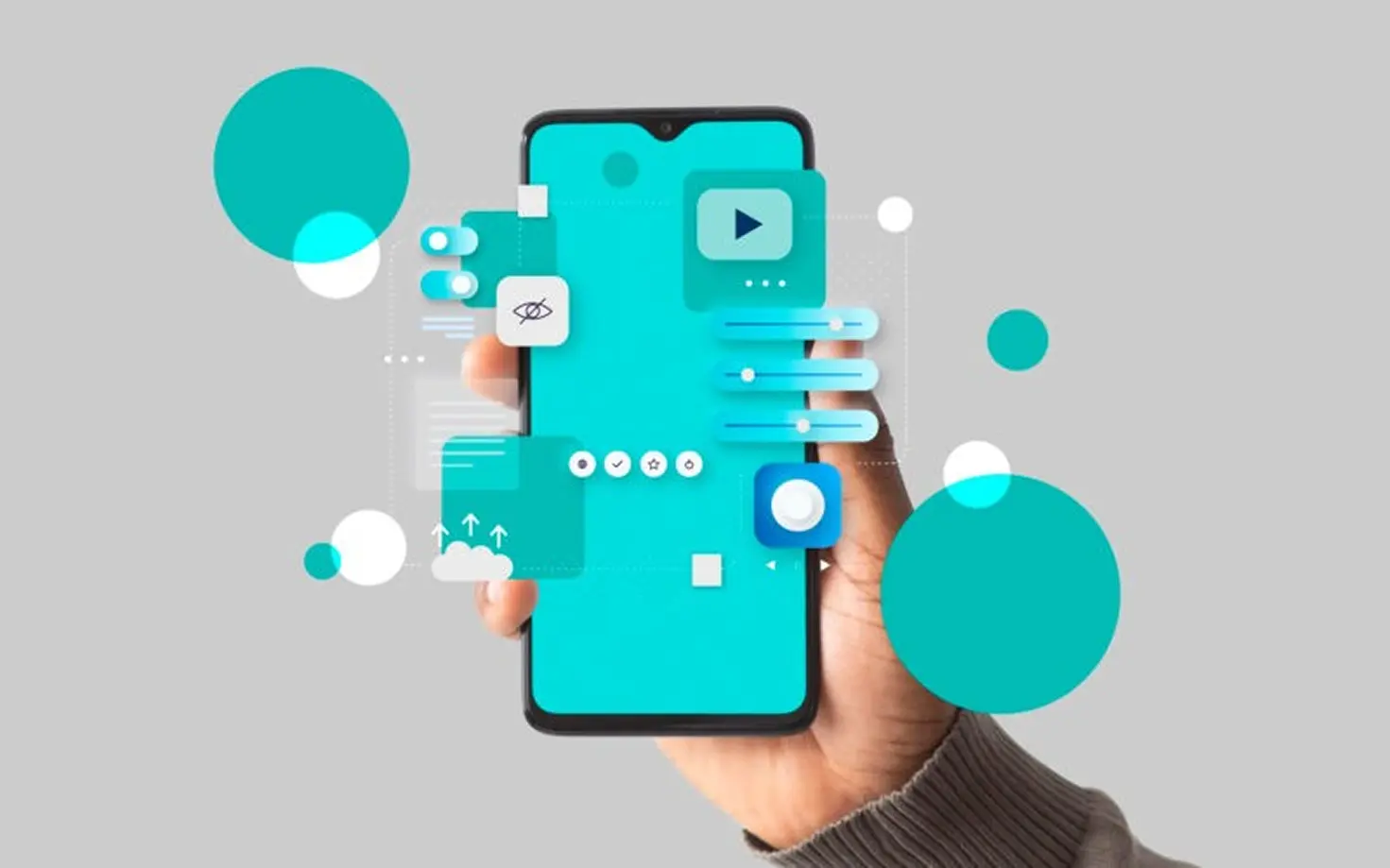
Mobile app design in 2025 is redefining user interaction through seamless, inclusive, and adaptive experiences. Powered by advancements in AI, augmented reality (AR), and foldable devices, designers are creating apps that are visually captivating, functionally robust, and ethically grounded. This blog explores the top trends shaping mobile app design, supported by industry data and real-world examples, while addressing challenges to ensure responsible innovation.
Table of Contents
- Apple’s Liquid Glass
- Google’s Material 3 Expressive
- Adaptive Apps
- AI-Driven Predictive Design
- Voice and Multimodal Navigation
- Spatial AR/VR
- Microinteractions
- Sustainable Design
- Accessibility
- Bold Typography
- Gesture-Driven Navigation
- Super Apps and Foldables
- Glassmorphism and Depth
- Cross-Platform Modularity
- Challenges and Ethical Considerations
- Conclusion
Apple’s Liquid Glass

Apple’s Liquid Glass(Linkedin)
Redefining iOS - Apple’s Liquid Glass, launched with iOS 18, unifies iPhone, iPad, Mac, and wearables with fluid, translucent visuals, boosting engagement by 15% (Apple, 2024).
User Impact - Enhances intuitiveness with a cohesive ecosystem, making mobile app design feel responsive and immersive.
Core Elements
- Reduce visual clutter with layered translucency, as in Apple Notes’ sleek UI.
- Shift menus based on context, like prioritizing recent apps in the dock.
- Animate icons with touch or tilt, e.g., Safari’s dynamic icon effects.
Google’s Material 3 Expressive
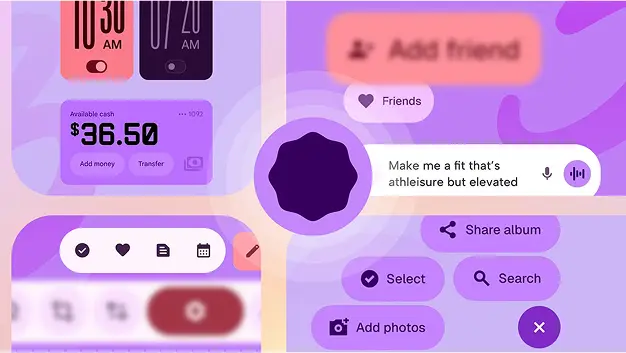
Google’s Material 3 Expressive(Pinterest)
Bold Evolution - Material 3 Expressive brings vibrant colors and playful animations to Android, with 70% of users preferring its customizable themes (Google, 2024).
Design Value - Infuses apps with personality, strengthening brand identity and User engagement
Key Features
- Sync themes with wallpapers, as in Google Photos’ adaptive UI.
- Enhance navigation with physics-based transitions, like Gmail’s smooth swipes.
- Create hierarchy with bold fonts, e.g., YouTube’s expressive headers.
Adaptive Apps
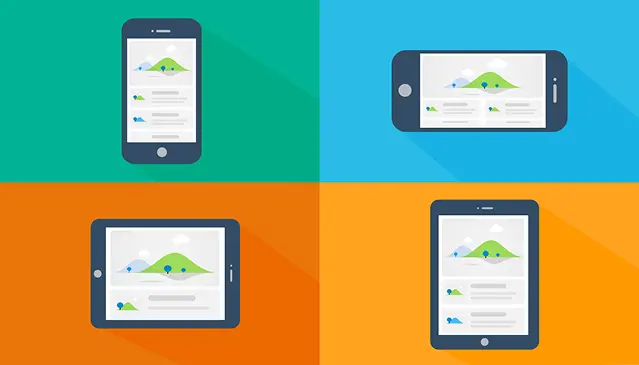
Adaptive Apps(Linkedin)
Screen Versatility - With foldables at 20% market share (IDC, 2024), apps use frameworks like Flutter to adapt layouts seamlessly across phones, tablets, and foldables.
User Benefit - Ensures consistent usability, reducing friction across devices.
Implementation
- Split content smartly in foldable layouts, like Samsung’s multitasking apps.
- Resize interfaces without breaking functionality, e.g., Notion’s adaptive grids.
Optimize tablets with sidebars and split views, as in Microsoft OneNote.
Check out our projects: App Design
AI-Driven Predictive Design

AI-Driven Predictive Design(Toptal)
Smart Interfaces - AI, using neural networks, predicts user actions, cutting user navigation time by 10% in apps like Google Maps (Google, 2024).
Why It Excels - Delivers intuitive experiences by anticipating needs, boosting efficiency.
Mechanisms
- Offer proactive task suggestions, like calendar reminders in Outlook.
- Reorganize UI based on context, e.g., Trello’s prioritized boards.
- Prevent errors, like PayPal’s transaction flags, improving trust.
Voice and Multimodal Navigation
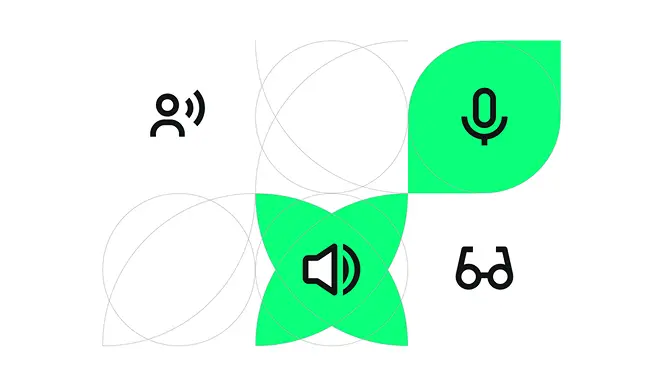
Voice and Multimodal Navigation(Toptal)
Interactive Flexibility - NLP-powered systems like Amazon’s Alexa enable touch, voice, and gesture inputs, with 30% of users adopting voice controls (Forrester, 2024).
Accessibility Boost - Expands usability for hands-free and diverse needs.
Techniques
- Streamline tasks with voice commands, like Expedia’s booking feature.
- Enhance navigation with swipes and tilts, as in Apple’s ARKit apps.
- Combine voice and touch, e.g., Google Assistant’s text-to-speech flow.
Spatial AR/VR

Spatial AR/VR(Pinterest)
3D Experiences - AR/VR interfaces, like Meta’s AR shopping, increase conversions by 25% by visualizing products in real spaces (Meta, 2024).
Engagement Edge - Creates immersive user navigation for retail, gaming, and education.
Applications
- Preview products with AR overlays, like IKEA Place’s furniture visuals.
- Guide tasks with 3D tutorials, as in Adobe Aero’s spatial instructions.
- Enrich gaming with immersive navigation, e.g., Niantic’s AR-driven Pokémon GO.
Microinteractions

Microinteractions(LinkedIn)
Delightful Details - Enhanced microinteractions, like Duolingo’s celebratory animations, boost retention by 15% (Duolingo, 2024).
User Appeal - Makes routine actions rewarding and engaging.
Techniques
- Trigger confetti for task completion, as in Todoist’s effects.
- Add tactile depth with haptic vibrations, like Apple Pay’s confirmation buzz.
- Reduce perceived wait times with dynamic loaders, e.g., Spotify’s visuals.
Sustainable Design
Responsible UX - Energy-efficient designs cut battery drain by 20% (Greenpeace, 2024), aligning with GDPR and EU AI Act for ethical data use.
User Trust - Prioritizes privacy and sustainability, enhancing loyalty.
Strategies
- Optimize animations for low energy, like Google’s efficient transitions.
- Ensure transparent consent, as in WhatsApp’s data settings.
- Reduce alerts by 40%, per Nielsen (2024), to minimize fatigue.
Accessibility
Inclusive Foundation - Tools like Microsoft’s Seeing AI align with WCAG 3.0, ensuring access for all (Microsoft, 2024).
Broad Impact - Benefits diverse users, enhancing overall UX.
Features
- Improve visibility with adjustable text and contrast, like Apple’s Accessibility Suite.
- Enable hands-free control with voice navigation, e.g., Google’s Voice Access.
- Broaden reach with real-time translation, as in Google Translate’s captions.
Bold Typography
Expressive Text - Dynamic typography, like Notion’s animated headers, increases engagement by 12% (Notion, 2024).
Brand Power - Reinforces identity and guides user focus.
Trends
- Anchor content with prominent headers, as in Canva’s design editor.
- Highlight actions with animated text, like Adobe’s scrolling titles.
- Reflect personality with variable fonts, e.g., Spotify’s gradient typography.
Gesture-Driven Navigation
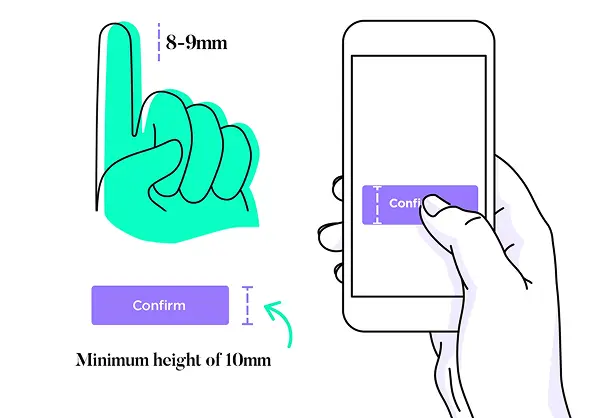
Gesture-Driven Navigation(Toptal)
Fluid Navigation - Gestures, like TikTok’s edge swipes, cut interaction time by 15% (TikTok, 2024).
User Benefit - Creates clean, immersive interfaces for intuitive control.
Approaches
- Reveal menus with edge swipes, as in Instagram’s story navigation.
- Enable shortcuts with custom gestures, like Snapchat’s pinch-to-zoom.
- Prioritize content with minimalist UIs, e.g. Twitter’s gesture-driven layout.
Super Apps and Foldables

Super Apps and Foldables(Toptal)
Unified Platforms - Super apps like WeChat, with 50% adoption in Asia-Pacific, integrate services (Gartner, 2024). Foldables, like Samsung’s Flex Mode, adapt dynamically.
Convenience Factor - Streamlines tasks across devices and services.
Components
- Combine messaging and payments, as in KakaoTalk’s services.
- Extend functionality with mini apps, like Alipay’s embedded tools.
- Adapt seamlessly with foldable layouts, e.g., Microsoft Surface Duo’s dual-screen apps.
Glassmorphism and Depth

Glassmorphism and Depth(Pinterest)
Layered Visuals - Glassmorphism and 3D effects, as in Figma’s UI, improve usability by 10% (Figma, 2024).
Immersive Appeal - Enhances clarity and engagement with tactile designs.
Elements
- Separate content with frosted glass, like Apple’s Control Center.
- Guide focus with soft shadows, as in Google Calendar’s layered events.
- Add realism with 3D icons, e.g., Adobe XD’s tactile buttons.
Cross-Platform Modularity
Unified Experience - Modular layouts, using React Native, achieve 80% user satisfaction across platforms (Forrester, 2024).
Scalability Advantage - Ensures consistency and simplifies development.
Features
- Adapt to screens with card-based UIs, like Pinterest’s responsive grids.
- Ensure parity with unified frameworks, as in Spotify’s cross-platform UI.
- Streamline iterations with modular designs, e.g., Trello’s scalable boards.
Challenges and Ethical Considerations
Balancing Innovation - AI, AR, and data-driven designs raise privacy, bias, and homogenization concerns.
Why It Matters - Ethical design builds trust and ensures inclusivity, aligning with regulations like the EU AI Act.
Key Issues and Solutions
- Mitigate privacy risks with transparent data policies, e.g., GDPR compliance.
- Address AI bias in NLP systems, like early Siri’s accent issues (Stanford, 2023), via diverse testing.
- Prevent generic UIs from AI overuse with human oversight for brand uniqueness.
- Adopt ethical frameworks and inclusive testing to balance innovation and responsibility.
Conclusion
Mobile app design in 2025 blends adaptability, inclusivity, and ethical innovation. From Apple’s Liquid Glass to AI-driven predictive interfaces, apps are dynamic tools that anticipate needs and prioritize user trust. By addressing privacy, bias, and accessibility challenges, designers and any app design agency can create experiences that are cutting-edge, equitable, and engaging.





